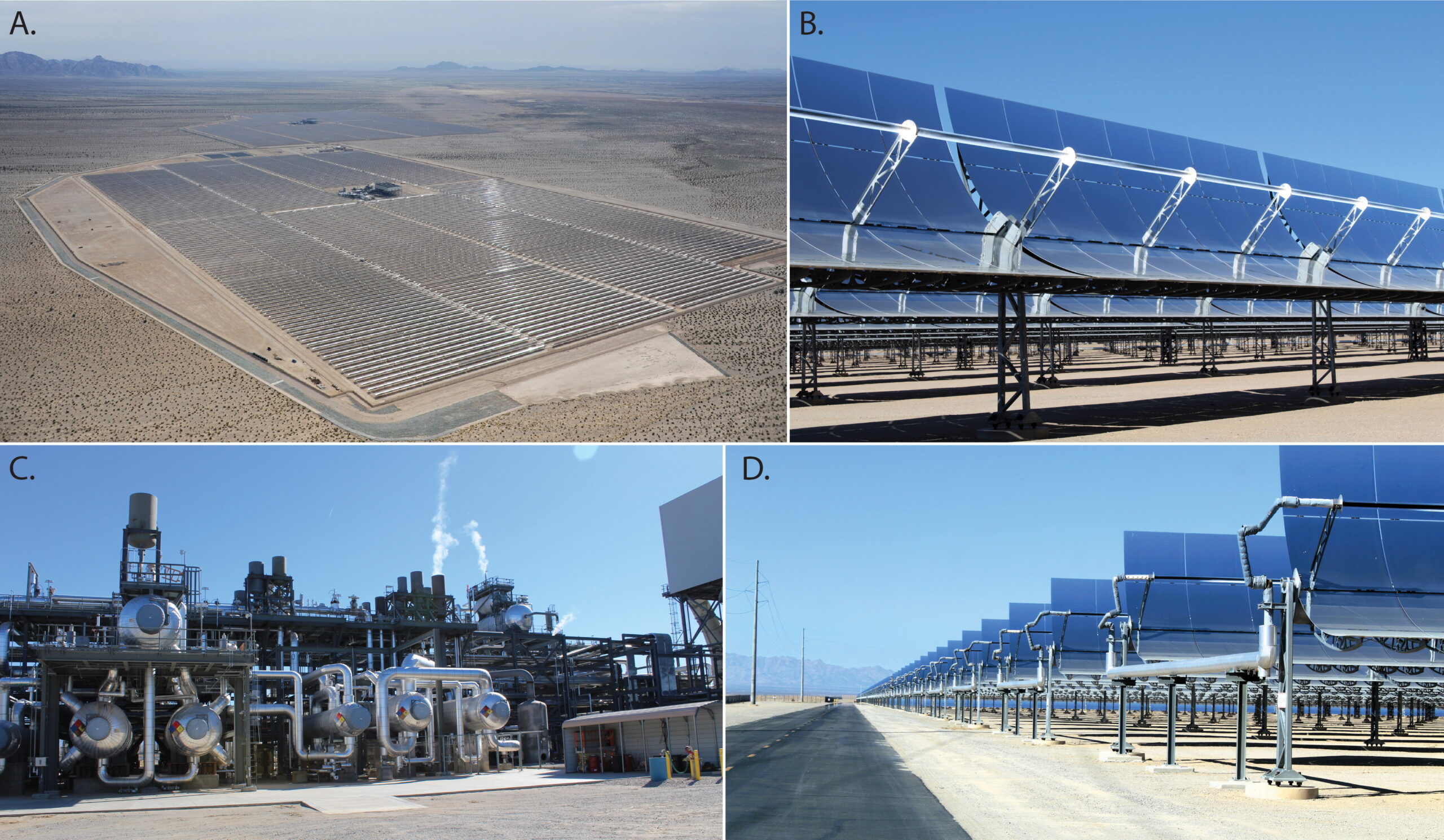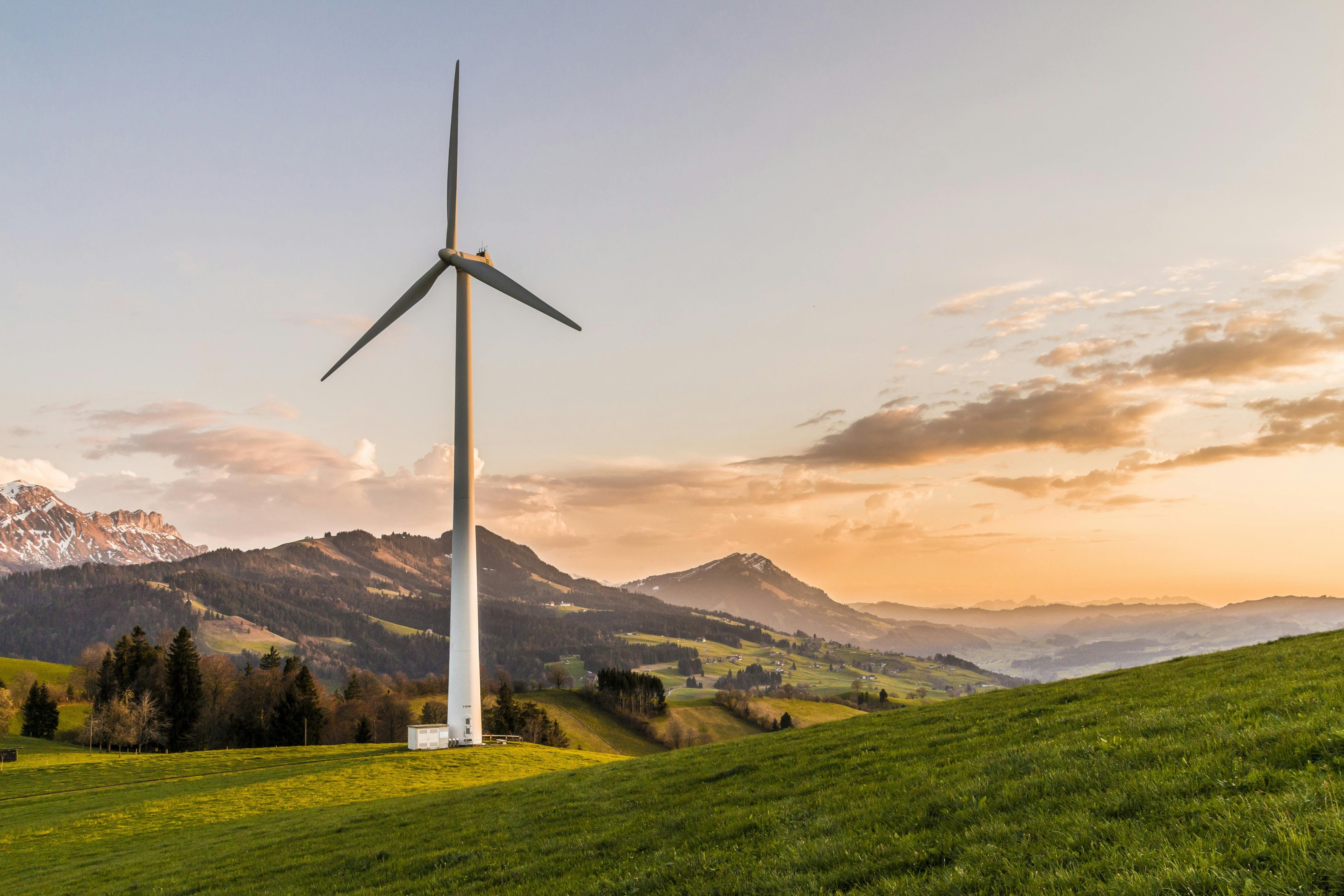Introduction
As the world accelerates toward renewable energy targets, 2025 marks a pivotal year for sustainability. Solar and wind capacity continues to surge, AI-driven solutions optimize grids, and green hydrogen gains traction. Yet beneath this progress lies a critical challenge: ensuring the energy transition uplifts—rather than marginalizes—Indigenous communities and ecosystems.
This article explores the dual narrative of 2025’s sustainability landscape:
- Breakthroughs in Renewable Technology
- Lessons from the Genesis Solar Project and its impact on the Colorado River Indian Tribes (CRIT)
- Emerging Trends shaping equitable climate action
Part 1: The Genesis Solar Project – A Case Study in Energy Injustice
Overview of the Genesis Solar Energy Center
- Location: Riverside County, California (Ford Dry Lake)
- Capacity: 250 MW concentrated solar power (CSP)
- Developer: NextEra Energy
- Impact: Powers 88,000 homes but displaces 393,000 tons of CO₂ annually[1].
Five Dimensions of Energy Injustice
1. Racial Injustice
| Issue | Impact on CRIT |
|---|---|
| Employment Disparities | Minority workers faced hazardous conditions; CRIT members excluded from jobs |
| Intertribal Conflict | State consulted distant tribes (Agua Caliente, Morongo) over CRIT, sparking tensions |
| Cultural Erasure | 3,000+ artifacts (grindstones, burial remains) excavated; 90% never returned[1] |
2. Spatial & Interspecies Injustice
- Wildlife: Disrupted habitats for desert tortoises, Mojave fringe-toed lizards, and migratory birds[1].
- Water Use: 1–1.5 million gallons/day consumed, straining fossil aquifers[1].
- Pollution: Toxic heat-transfer fluid leaks contaminated soil and killed birds[1].
3. Recognition Injustice
- Sacred Land: Ford Dry Lake held spiritual significance as ancestral Mojave/Chemehuevi trails.
- Legal Battles: CRIT sued BLM/NextEra under the National Historic Preservation Act (2014)[1].
4. Procedural Colonial Injustice
- Flawed Consultations: CRIT notified via letter; BLM fast-tracked permits without Tribal consent[1].
- Regulatory Failures: Environmental studies conducted after project completion[1].
5. Erosion of Indigenous Self-Determination
- Energy Poverty: CRIT’s Parker Dam turbines failed, forcing reliance on costly external grids[1].
- Missed Opportunities: No community benefit agreements or solar investments on CRIT land[1].
Part 2: 2025 Sustainability Trends – Progress and Pitfalls
1. Solar Dominance and Equity Challenges
- Global Growth: Solar to meet 50% of new electricity demand by 2025 (IEA)[5].
- Equity Gap: 70% of U.S. solar jobs go to non-local workers; minority ownership remains <10%[6].
Recommendation: Mandate community solar partnerships (e.g., Navajo Power’s 70 MW Red Mesa Tapaha project).
2. Green Hydrogen’s Promise
| Application | 2025 Forecast |
|---|---|
| Heavy Transport | $6B investment in EU/AU hydrogen truck corridors[4] |
| Steelmaking | HYBRIT (Sweden) targets fossil-free steel by 2026[9] |
Risk: « Blue hydrogen » from fossil fuels could delay true decarbonization.
3. AI-Driven Sustainability
- Grid Optimization: Google’s DeepMind cuts data center energy use by 40%[9].
- Wildfire Prediction: California’s ALERTCalifornia AI reduces response time by 30%[12].
Ethical Concern: Data centers’ water consumption (e.g., 1.7M gallons/day in drought-prone Arizona)[10].
4. Circular Economy 2.0
- Refurbished Tech Market: Projected to grow 15% YoY (Alchemy, 2025)[6].
- Biodegradable Materials: Mycelium-based packaging replaces 20% of plastics in EU[12].
Case Study: Fairphone’s modular design reduces e-waste by 45%[12].
5. Nuclear Renaissance
- SMRs (Small Modular Reactors): 12 projects underway in Canada/US by 2025[10].
- Public Perception: 54% of Americans now support nuclear vs. 39% in 2020[10].
Part 3: Pathways to Equitable Sustainability
Policy Recommendations
- Indigenous Co-Design: Require Free, Prior, and Informed Consent (FPIC) for energy projects.
- Just Transition Funds: CA’s $100M fund for fossil fuel workers; replicate globally[5].
- Green Jobs Training: CRIT’s proposed solar apprenticeship program (pending 2025 approval)[1].
Corporate Accountability
| Framework | Key Metrics |
|---|---|
| ISO 14068 | Standardizes carbon credit verification[12] |
| TCFD Reporting | Mandates climate risk disclosures in 40+ countries[9] |
Example: Microsoft’s 2025 Supplier Code requires 100% renewable energy use[9].
Community-Led Solutions
- Microgrids: Puerto Rico’s Casa Pueblo powers 50+ homes post-hurricanes[12].
- Land Back Movements: Return of 18,000 acres to Penobscot Nation (Maine, 2024)[12].
Conclusion: Toward a Holistic Energy Transition
The Genesis Project underscores a harsh truth: Decarbonization cannot replicate colonial patterns. As 2025’s trends accelerate, stakeholders must:
- Prioritize inclusive governance over top-down mandates
- Balance tech innovation with cultural and ecological preservation
- Amplify Indigenous knowledge in climate resilience strategies
By learning from past injustices, we can build a future where clean energy empowers both people and the planet.
FAQs
Q: What are the top renewable energy trends for 2025?
A: Solar expansion, green hydrogen, AI optimization, circular economies, and nuclear SMRs lead 2025’s trends[5][10][12].
Q: How does solar energy impact Indigenous communities?
A: Poorly planned projects can displace cultures and ecosystems, as seen with CRIT. Equitable partnerships are critical[1][12].
Q: What is a circular economy?
A: Systems minimizing waste via reuse/recycling. The global market is projected to hit $1.3T by 2025[6][12].
Resources
Citations:
[1] https://ppl-ai-file-upload.s3.amazonaws.com/web/direct-files/42110300/a00c5bdd-12d6-4062-80d5-3b624fa1f9ed/When-Decarbonization-Reinforces-Colonization-Complex-Energy-Injustice-and-Solar-Energy-Development-in-the-California-Desert.pdf
[2] https://techinformed.com/sustainability-predictions-2025-green-tech/
[3] https://greenfuturedaily.com/about-green-future-daily/
[4] https://explodingtopics.com/blog/sustainability-trends
[5] https://diversegy.com/renewable-energy-trends-2025/
[6] https://jiffygroup.com/blog/sustainable-agriculture-in-2025-6-trends-to-watch/
[7] https://www.internationaltreefoundation.org/news/10-ways-to-be-more-sustainable-in-2025
[8] https://greenfuturedaily.com/leading-the-change-world-future-energy-summit-2025/
[9] https://www.carbonclick.com/news-views/top-sustainability-trends-and-why-they-matter
[10] https://energydigital.com/top10/top-10-energy-predictions-for-2025
[11] https://agriculture.ec.europa.eu/sustainability/environmental-sustainability/sustainable-agricultural-practices-and-methods_en
[12] https://shopequo.com/blogs/blog/sustainability-trends-to-watch-in-2025
[13] https://www.neste.com/news-and-insights/sustainability/sustainability-trends-of-2025
[14] https://isam.education/en/sustainability-and-new-agri-trends-2025/
[15] https://checksammy.com/blog/future-trends-in-sustainability/
[16] https://agriculture.agriconferences.com/events-list/sustainable-agricultural-practices

